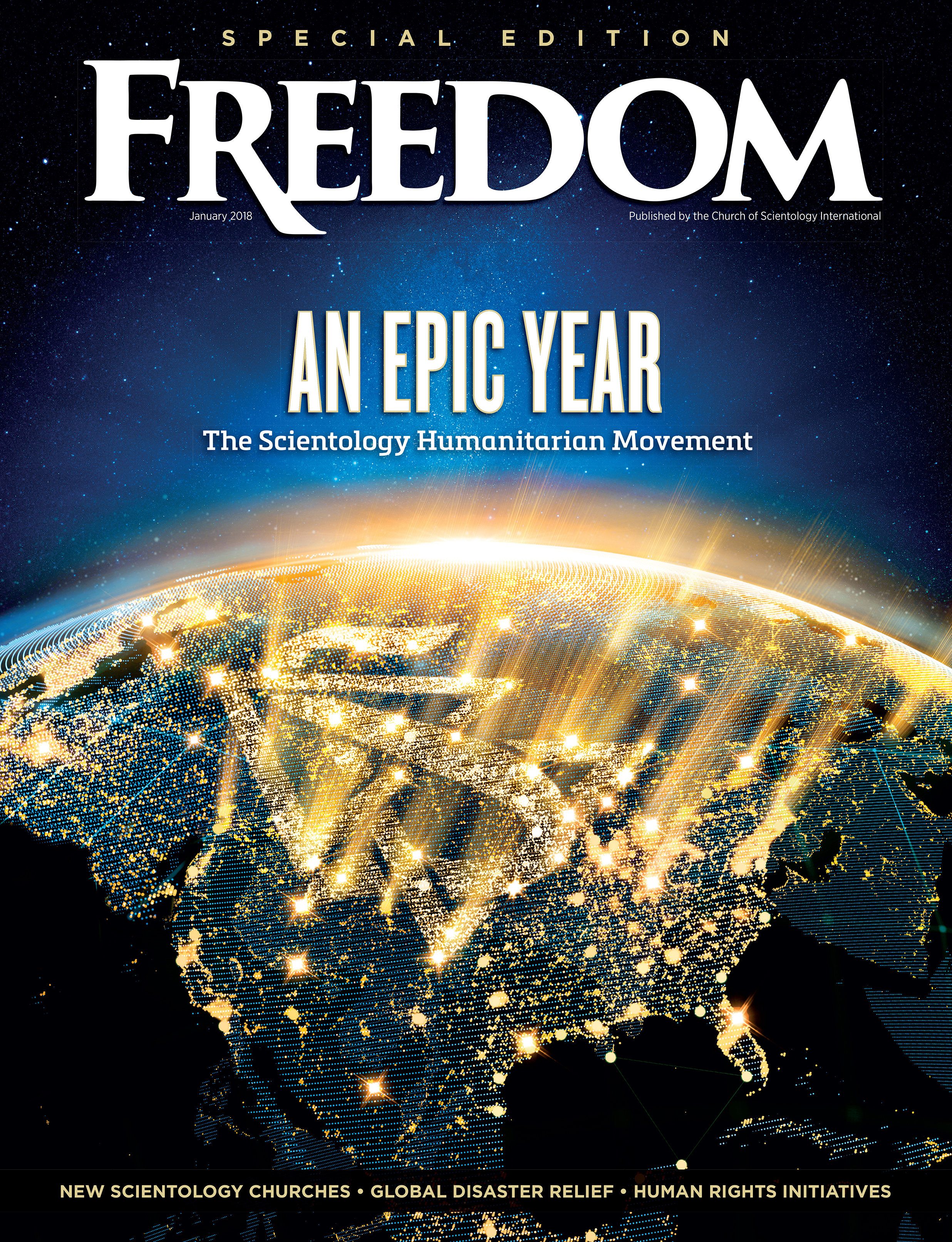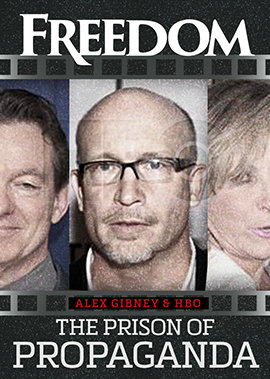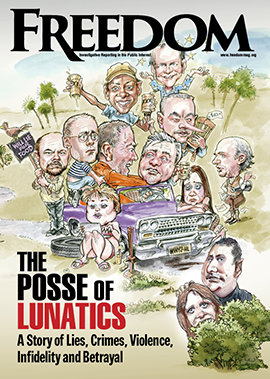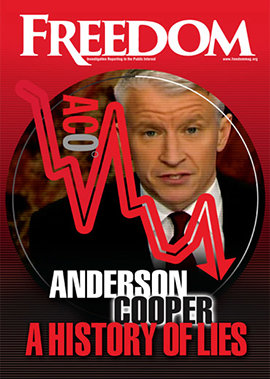Set in a society obsessed with order and “sanity,” this dystopian concept appears in “The Academy,” a 1954 short story by science fiction writer Robert Sheckley. Meant as a warning against the misuse of science for authoritarian ends, it also served as a springboard for the landmark 1973 article “Preventive Confinement: A Suggested Framework for Constitutional Analysis,” by Harvard Law School Professor Alan M. Dershowitz. Writing in the Texas Law Review, Dershowitz invoked the fictional sanity meter to critique how the state uses psychiatric predictions of “potential harm” to justify the indefinite confinement of individuals—many of them poor and voiceless.
“Although our society is not yet blessed with such a wonderful, error-free device,” Dershowitz wryly observed, “we do have people who claim the ability to gauge an individual’s potential for harm.” And, indeed, “the majority of persons currently confined in American institutions are there, at least in part, because of a prediction of their potential for harm.”
APA attendees grappled less with how to end the current homelessness crisis than with how to reframe it—as a psychiatric opportunity.
Fast-forward five decades and the legal fiction has morphed into public policy. Nowhere is this more evident than in the increasingly normalized practice of coercive psychiatric treatment among America’s unhoused.
In fact, since its origins in the 18th century, modern psychiatry has hinged on the power to confine—and often coerce—patients deemed “insane.” Early asylums institutionalized individuals without consent, frequently employing physical restraints, seclusion, electroshock and even lobotomy as standard practice. In the early 20th century, figures like Eugen Bleuler—a Swiss psychiatrist who coined the terms “schizophrenia” and “autism”—justified forced sterilization of “mental and physical cripples” under racially motivated theories of biological supremacy.
Coercion remains systematically embedded in psychiatry today—from civil commitment laws and compulsory drugging to restraint and other coercive psychiatric practices. It was precisely this subfield that took center stage at the annual meeting of the American Psychiatric Association (APA) in downtown Los Angeles in May.
But just blocks away, a parallel scene unfolded: Advocates with the Citizens Commission on Human Rights (CCHR)—a nonprofit mental health watchdog co-founded in 1969 by the Church of Scientology and renowned psychiatrist Thomas Szasz—marched through the streets to denounce the global psychiatric industry of abuse.
An unapologetic nemesis of institutional psychiatry operating in 34 nations with chapters across five continents, CCHR has significantly reduced psychiatric abuses through documentaries, media campaigns, publications and exhibits aimed at educating officials and the public. CCHR occupied a nearby storefront for a CCHR traveling exhibit, “Psychiatry: An Industry of Death.” Inside, visitors encountered a chronological indictment of psychiatric violations of human rights—from 19th-century asylum horrors to contemporary drugging, electroshock, restraint, psychosurgery and coercion. Central to the exhibit is the origin of the term “psychiatry” itself, coined in 1808 by German physician Johann Christian Reil. Rooted in the Greek psyche (“soul”) and iatreia (“healing”), the word literally means “healing the soul.”
It’s a tragic irony, given how often psychiatry has done the opposite.
Inside the convention halls, APA attendees grappled less with how to end the current homelessness crisis than with how to reframe it—as a psychiatric opportunity. In a panel titled “Street Psychiatry: On-the-Ground Experiences and Model Comparisons,” psychiatrists from Boston, Chicago, Los Angeles and San Francisco presented strategies not for addressing root causes or resolving the problem, but for using homelessness as an excuse to bring drugging protocols curbside.
After decades of exposés that laid bare the horrors of 20th-century asylums, a new kind of psychiatric paternalism is thus emerging—one wrapped not in straitjackets and padded cells but in scrubs and clipboards, carried out under freeway overpasses and on the sidewalks of Skid Row.
Known as “street medicine,” this model was pioneered in the early 1990s by Pittsburgh physician Jim Withers. Today, it has metastasized into a patchwork system of mobile clinics, pop-up field teams and “curbside psychiatry.”
Beneath its reformist gloss, today’s street-level psychiatric “outreach” bears unsettling echoes of past and present institutional overreach—where so-called care becomes a pretext for control, and civil liberties are the first to vanish. One especially controversial practice is the use of long-acting injectable antipsychotics—potent psychiatric drugs administered monthly or biweekly to ensure patient compliance, an abuse that the UN Special Rapporteur on Torture has classified as a human rights violation.
Can an intervention be called humane if it isn’t voluntary?
These drugs dampen emotional expression, blunt cognition and sedate behavior for extended periods, often under court order. Their use amounts to chemical restraint—an attempt to subdue visible signs of distress rather than address their root causes. Side effects include diabetes, stroke, cardiovascular disorders, seizures, respiratory problems, hallucinations and psychosis.
A New York Times investigation in October 2024 found that field doctors operating on Los Angeles’ Skid Row routinely injected patients with time-release drugs to prevent them from losing, selling or misusing pills. “DoorDash for meds,” as it’s been dubbed, offers delivery but not actual support—despite serious ethical concerns.
“It alarms patients’ rights activists, who say people living on the street may not be in a position to give consent,” the Times noted.
The street psychiatry boom has coincided with a surge in homelessness. From 2015 to 2023, the number of unhoused Americans grew by over 80,000. Unsheltered individuals, often sleeping in tents, cars or public parks, face significantly higher mortality rates.
Even those working within the system are beginning to voice discomfort with what it’s become. “We are part of a system that has perpetuated some really horrible traumas on marginalized communities,” a panelist at the APA conference acknowledged. “And now here we are physically restraining people on the street and taking their rights away and forcing them to do something.”
In Kern County, a case reported by CalMatters in June 2024 made the point. Street physician Rishi Patel recalled losing contact with a woman he had injected with a long-acting antipsychotic weeks earlier. “I don’t know how she did on it,” he admitted. Added a team nurse: “We’ve seen more failures than successes.”
Can an intervention be called humane if it isn’t voluntary? And if psychiatry’s mission is to “heal the soul,” what does it mean when it is used instead to sedate, contain or disappear people they deem unwell?
The rise of street psychiatry signals a return to old patterns under new names—where “managing” behavior takes precedence over addressing need and coercion is recast as “clinical outreach.”
Robert Sheckley’s sanity meter may have been a fictional device, but its logic lives on—in every injection administered, every arbitrary diagnosis made, every policy that revives the impulse to contain those branded as mentally unfit.
Today, the gray buildings no longer need swallow citizens whole because coercion wears new disguises, and confinement now comes curbside—with thousands of souls caught in the crosshairs of a system that tries to disguise sedation as salvation.






















